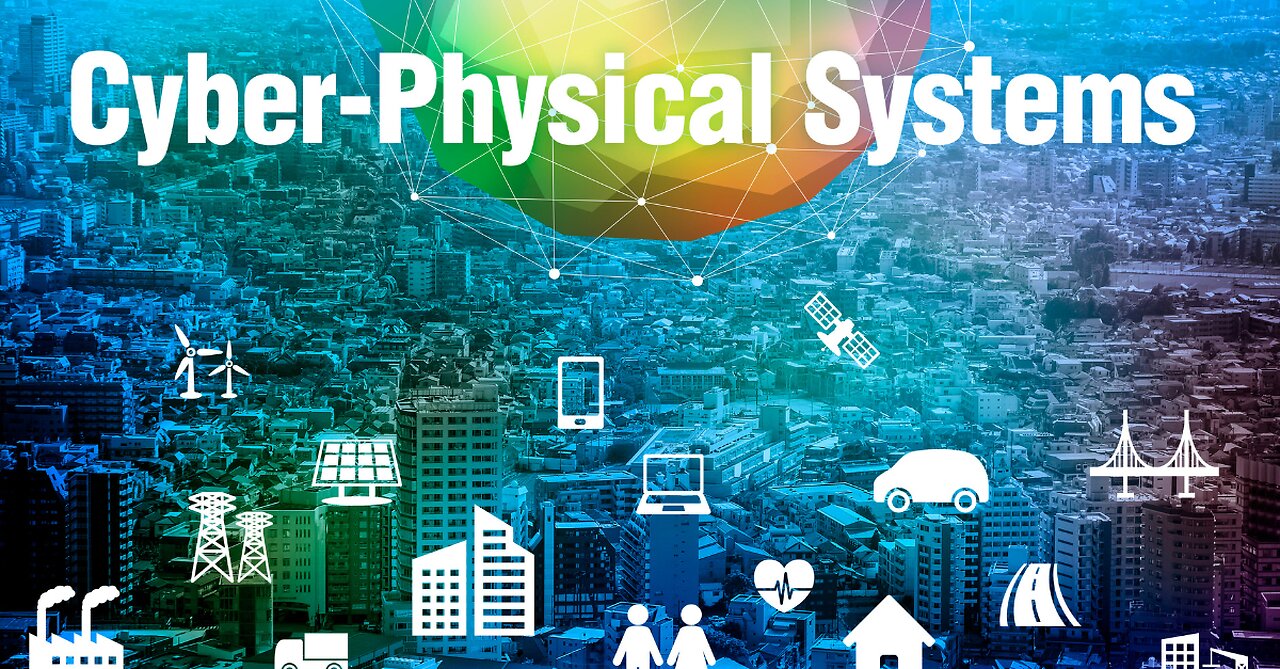Premium Only Content

Strategic Defense Initiative (SDI), (Golden Dome)
The Strategic Defense Initiative (SDI), derisively nicknamed the Star Wars program, was a proposed missile defense system intended to protect the United States from attack by ballistic nuclear missiles. The program was announced in 1983 by President Ronald Reagan, a vocal critic of the doctrine of mutual assured destruction (MAD), which he described as a "suicide pact". Reagan called for a system that would end MAD and render nuclear weapons obsolete. Elements of the program reemerged in 2019 under the Space Development Agency (SDA).
The Strategic Defense Initiative Organization (SDIO) was set up in 1984 within the US Department of Defense to oversee development. Advanced weapon concepts, including lasers, particle-beam weapons, and ground and space-based missile systems were studied, along with sensor, command and control, and computer systems needed to control a system consisting of hundreds of combat centers and satellites spanning the globe. The US held a significant advantage in advanced missile defense systems through decades of extensive research and testing. Several concepts, technologies and insights obtained were transferred to subsequent programs. Under SDIO's Innovative Sciences and Technology Office, investment was made in basic research at national laboratories, universities, and in industry. These programs have continued to be key sources of funding for research scientists in particle physics, supercomputing/computation, advanced materials, and other critical science and engineering disciplines. Later rebranded for the TRUMP Psyops (Lockheed 2.1)
THE APPROACH: The fastest, most efficient path to a Golden Dome for America is to bring the best of the defense and commercial industries together as a whole of industry approach.
This is a Manhattan Project-scale mission, one that is both urgent and crucial to America’s security.
Lockheed Martin is ready to partner with the best in industry, emerging and large technology companies together to safeguard our nation. We lead the MDA’s National Team for C2BMC and successfully built the world’s most powerful missile defense software network, which connects forces around the world 24x7. We’ve proven our ability to work across industry to bring the best of the best to the warfighter, and we have existing partnerships with defense, commercial tech companies and newer contractors to bring both proven and next-generation capabilities to the fight.
JASON is an independent group of elite scientists that advises the United States government on matters of science and technology, mostly of a sensitive nature. The group was created in the aftermath of the Sputnik launch as a way to reinvigorate the idea of having the nation's preeminent scientists help the government with defense problems, similar to the way that scientists helped in World War II but with a new and younger generation. It was established in 1960 and has somewhere between 30 and 60 members. Its work first gained public notoriety as the source of the Vietnam War's McNamara Line electronic barrier. Although most of its research is military-focused, JASON also produced early work on the science of global warming and acid rain. Current unclassified research interests include health informatics, cyberwarfare, and renewable energy.
Kristofer S. J. Pister ("Kris Pister") is a professor of electrical engineering and computer sciences at University of California, Berkeley and the founder and CTO of Dust Networks. He is known for his academic work on Microelectromechanical systems (MEMS), their simulation (the SUGAR MEMS simulator), his work on Smartdust, and his membership in the JASON Defense Advisory Group. He is the son of former Berkeley Dean of Engineering and former UC Chancellor Karl Pister.
Smartdust is a system of many tiny microelectromechanical systems (MEMS) such as sensors, robots, or other devices, that can detect, for example, light, temperature, vibration, magnetism, or chemicals. They are usually operated on a computer network wirelessly and are distributed over some area to perform tasks, usually sensing through radio-frequency identification. Without an antenna of much greater size the range of tiny smart dust communication devices is measured in a few millimeters, and they may be vulnerable to electromagnetic disablement and destruction by microwave exposure.
CRISPR (Clustered Regularly Interspaced Short Palindromic Repeats) is a revolutionary gene-editing technology derived from the immune systems of bacteria, allowing precise modifications to DNA in living organisms.
Neuromodulation is the physiological process by which a given neuron uses one or more chemicals to regulate diverse populations of neurons. Neuromodulators typically bind to metabotropic, G-protein coupled receptors (GPCRs) to initiate a second messenger signaling cascade that induces a broad, long-lasting signal. This modulation can last for hundreds of milliseconds to several minutes. Some of the effects of neuromodulators include altering intrinsic firing activity, increasing or decreasing voltage-dependent currents, altering synaptic efficacy, increasing bursting activity and reconfiguring synaptic connectivity.
Please subscribe to my Substack Channel:
https://juxtaposition1.substack.com/podcast
-
 55:07
55:07
Rehypothecation1
5 days agoThe Sound of Music & Maria von Trapp story
9292 -

FreshandFit
13 hours agoLas Vegas Takeover!
186K17 -
 2:19:29
2:19:29
Badlands Media
13 hours agoDevolution Power Hour Ep. 404
70.7K37 -
 6:02:58
6:02:58
Drew Hernandez
1 day agoGOP COOKED INTO DENIAL & 12 ISRAELI-LINKED PHONES DETECTED AT UVU DAY OF CK EXECUTION?
51K33 -
 2:46:08
2:46:08
TimcastIRL
9 hours agoFAA To STOP Flights Over Shutdown, May CLOSE Airspace, Thanksgiving Travel APOCALYPSE | Timcast IRL
198K117 -
 1:56:20
1:56:20
Tucker Carlson
9 hours agoIt’s Time to Decide: America First or Lindsey Graham’s Psychosexual Death Cult?
112K417 -
 9:07:39
9:07:39
SpartakusLIVE
11 hours agoBattlefield 6 - REDSEC || ARC Raiders Later? || Anybody Want Warzone???
76.8K5 -
 3:56:11
3:56:11
Alex Zedra
8 hours agoLIVE! Spooky Games tn
54K5 -
 2:58:21
2:58:21
I_Came_With_Fire_Podcast
18 hours agoThe Normalization of Political Violence | Right Wing In-Fighting | China Chooses China
38.1K11 -
 2:37:06
2:37:06
PandaSub2000
13 hours agoLIVE 10:30pm ET | BUZZ TRIVIA with Chat!
40.2K6